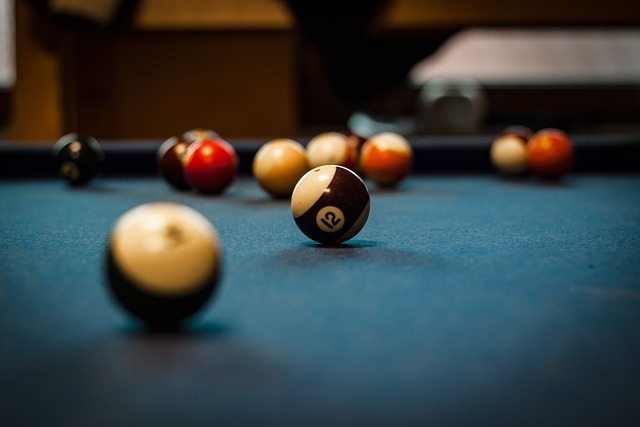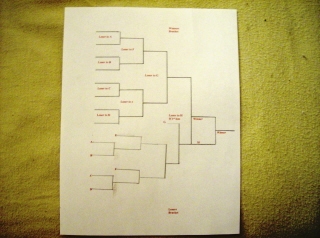
Pool balls come in a variety of colors and designs depending on where they are made and what resin or plastic is used. A good quality ball can make a big difference when you play pool. It is also crucial for your professional skills. Quality balls can last a very long period of time.
The original pool balls were made from wood. As the game evolved and manufacturers began to look for better options to meet high-quality demand, pool balls became more popular. Ivory pool balls were popular in the 17th century because they were sturdy and smooth. It was also a relatively inexpensive material to make. Unfortunately, the elephant population started to decline in late 19th-century, so manufacturers began looking for alternative materials.

Leo Baekeland an American chemist invented bakelite in 1907. Bakelite became the preferred choice for pool ball balls during the 1920s. Bakelite was more resistant to flames than celluloid balls and also less flammable. It was also easy to make and did not explode. Although it is a type of plastic, it is not the same as the resin used today. It is a thermosetting resin that cannot be melted.
Next was a pool ball made of a mixture of alcohol and nitrocellulose. This material is still being used today and is known by the phenolic-resin. Circuit boards are also made of phenolic resin. The resin is strong and robust, making it the preferred material for pool balls. It is used in making pool balls, in a manner similar to bakinglite.
Polyester is another plastic that is used in pool balls. Polyester is more economical than phenolic. It does not retain its shine as well as phenolic resin. In addition, polyester is not very durable. Polyester pool balls can be more easily worn. They are also less durable than phenolic resin ball.
Saluc, an Belgian company, was founded in 1923 to manufacture pool balls. Saluc is famous for the brand Aramith, which is the only company that produces pure phenolic resin balls. Aramith balls have a mixture of phenolic resin and bakelite. Phenolic resin can be thermosetting and is typically very durable. It can be used for up to 40 year. You can use it for volleyball balls. They are extremely durable and can withstand over 400,000 impacts.

Apart from the above, pool balls can also be made with other types plastic. Polyester pool balls, while being cheaper than phenolic resin balls, are less durable than phenolic. Polyester pool balls won't last as long as those made from phenolic resin. However, they are inexpensive and durable enough for beginners. For a tournament, phenolic resin pool balls are the best choice, but they are not cheap.